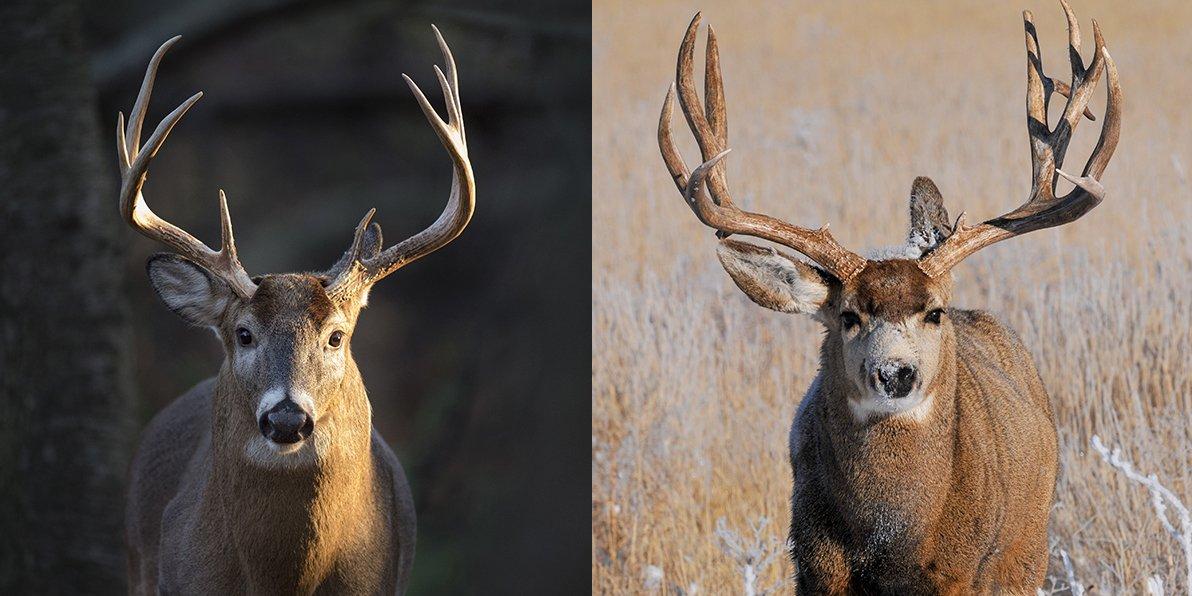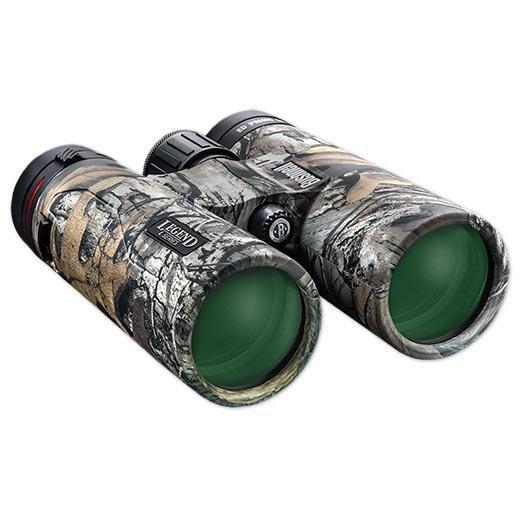Which One Do You Prefer to Hunt?
Hunters have been chasing whitetails and mule deer for thousands of years. Each species offers a very unique adventure that outdoorsmen cherish. Some just hunt one or the other. Others have hunted and continue to hunt both. The two species of deer don't mingle throughout most of their respective ranges. However, their territories do overlap in some locations.
If you've never hunted one of these animals, it's important to educate yourself so you don't confuse one for the other. There are some similarities between the two animals. But there are certainly more differences. Here are eight of them. Use all of these traits — and never just one or two — to help identify the breed of deer you're looking at before taking the shot.
The Face
A mule deer has much more white on their face than a whitetail. Mule deer also have much darker foreheads than whitetails, too.
The Ears
In most cases, the mule deer will have significantly longer ears than a whitetail. After all, that is where mule deer get their name.
The Rump
Whitetails almost always have brown rumps. Mule deer are different. They have a distinct white patch that covers a fairly large area on their rear.
The Tail
A whitetail gets its name from its tail. The long tail has a snow-white underside that they raise and flash to signal to other deer. Mule deer do not have this. Their tail is much smaller and has a range of colors on it.
The Antlers
Most pure mule deer have forks in their antlers. Not all do, though. Also, most mule deer will have very short brow tines, or none at all. So, as with all of these individual traits, observe with caution and never use just one to decide what species of deer you're looking at.
The Body Size
Body size is usually relative to age, genetics, health, nutrition and geographic location. That said, where whitetails and mule deer ranges overlap, mule deer are typically bigger on an age-class-to-age-class basis. That said, it's very difficult to use this parameter alone to make the decision to shoot. It's not reliable enough on its own.
The Behavior
Mule deer behave much differently than whitetails. Mule deer are slightly more accepting to hunters and pressure. Also, mule deer tend to be much more laid back and less jittery. They tend not to spook as easy as whitetails. Mule deer are identifiable in the way they move, too. Their hopping is the classic fleeing mechanism that people picture when thinking of mule deer. Whitetails don't do that. They just tuck tail (or, raise tail, rather) and run for the hills.
The Attitude
Whitetails are much more aggressive than mule deer. It's often said that, despite the mule deer's size advantage, a whitetail will win a fight between the two nine times out of 10. I guess the old saying It isn't the size of the dog in the fight, but the size of the fight in the dog, holds true.
As previously mentioned, there are many more differences between the species than listed here. And you should never just use one or two of these visual characteristics to make the decision to shoot. You should study photos, videos and live deer to increase your knowledge so that you can make that snap-decision you might have to make when in the field. Be educated. Have more success.
Watch: White-Tailed Deer vs. Mule Deer
Are you a deer hunter thirsty for knowledge? Check out our stories, videos and hard-hitting how-to's on deer hunting.









